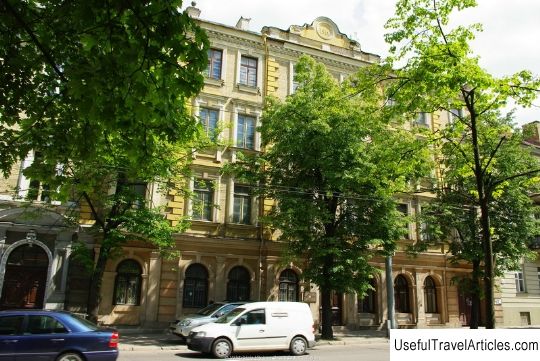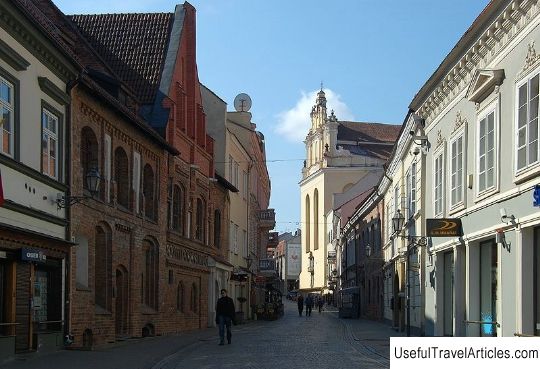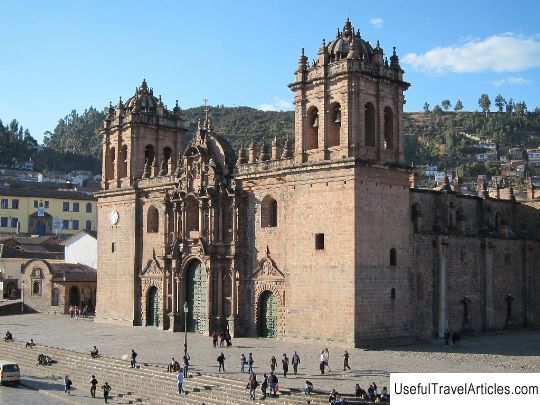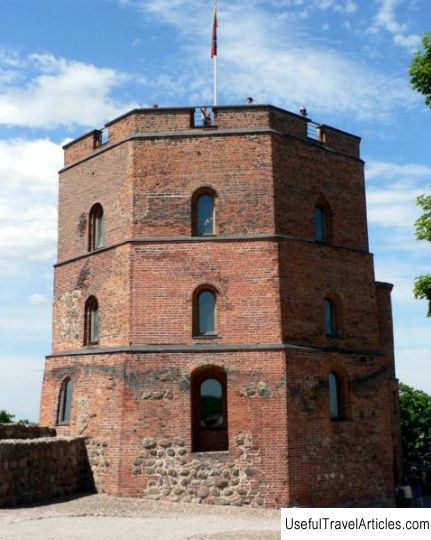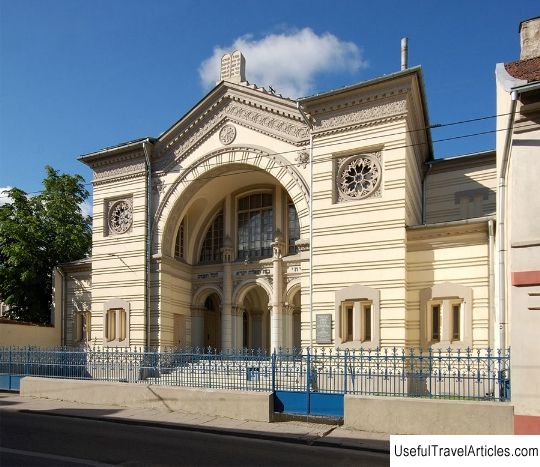Gaono gatve street description and photos - Lithuania: Vilnius
Rating: 7,8/10 (400 votes) 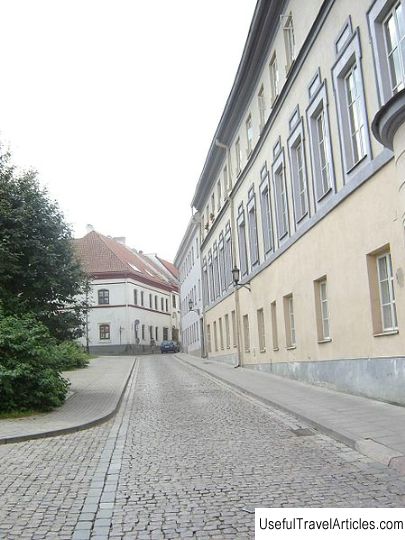
Gaono gatve street description and photos - Lithuania: Vilnius. Detailed information about the attraction. Description, photographs and a map showing the nearest significant objects. The title in English is Gaono gatve. Photo and descriptionGaono Street is one of the oldest streets located in the Old Town of Vilnius. This street was named after the popular religious thinker, connoisseur, interpreter of the Torah and Talmud Eliyahu ben Zalman, nicknamed the Vilna Gaon, who lived in the 18th century. The earliest mentions of Vilnius Jews date back to the 16th century, but some sources say that they appeared in the 14th century. The Lithuanian prince Gediminas asked them to come to Lithuania, promising to give them privileges, because then the principality badly needed merchants, financiers, artisans. Jews moved to Vilnius from the Hansa and settled in the Jewish ghetto, which was fenced off by the streets of the Old Town. But the Jews very soon settled throughout the city, engaging in trade, building houses and schools. The streets of the Jewish district were distinguished by interesting architecture: transverse arches were located above the streets, giving a unique feature to the streets. Before the outbreak of the First World War, the street was called Gida, and during the quiet time between the world wars, the street was called Gaona, during the Soviet authorities - Stickle. The numbering of houses in the street originates from the K. Sirvydas square, as well as the intersection with Dominikonu and Universiteto. Gaono Street is one of the oldest streets located on the border of the Jewish Quarter. On the street, there are one-, two- and three-storey old buildings with courtyards and lanterns. The houses of the street were repeatedly subject to restoration and rebuilding, but we can say that basically they have been preserved without particularly important alterations since the 19th century. The carriageway of the street is a row of granite blocks. On the right western side of the street there is a three-storey palace of the Guretsky family, facing the street with its side facade decorated with a small oval tower that plays the role of a buttress; during the war, it was used as a defense. The building was built in the style of early classicism, the features of which have survived to this day. Today the corner tower serves as the entrance to the gallery. The lower floor of this building is occupied by the Dabita clothing store. The neighboring house will be used as a shoe store with a map with a plan of the Vilnius ghettos hanging on it, as well as a memorial plaque showing the place where the gate of Maly ghetto". This house was in the possession of the Vilna post office. Some buildings on Gaono Street are already occupied by expensive hotels and restaurants. On the left side of the eastern part of the street, there is K. Sirvydas Square, which was built on the site of a vacant lot formed after the most devastating bombing raids during the war in 1944 ... Just behind the square (on Djeyi street) there is Schwarzo street. The house on this street used to belong to the cathedral chapter; it housed a dormitory for students. During the Second World War, this place was the border of the Little Ghetto. The building is a two-storey tiled house. It belonged to a family named Klyachko, and in 1861-1941 the building was a Jewish prayer house. Now in this house after restoration and construction work carried out back in 2000 with money, allocated by Austria, the Embassy of the Republic of Austria in Lithuania is located. Not far away is a red building that previously belonged to the Podbereski family. The house is one of the objects protected by the state as an object of cultural and historical heritage. The building has repeatedly undergone a considerable number of reconstructions, as well as repairs that continued throughout the 16-19 centuries. In addition, the house was rebuilt from a three-storey building to a two-storey one and, finally, it was finally reconstructed from 2004 to 2008. On the ground floor there is an amber jewelry store at number 10, and from the courtyard you can get through the Vilna "gate" to the sewing studio.        We also recommend reading Church of the Life-Giving Trinity description and photo - Russia - North-West: Sebezh Topic: Gaono gatve street description and photos - Lithuania: Vilnius. |
